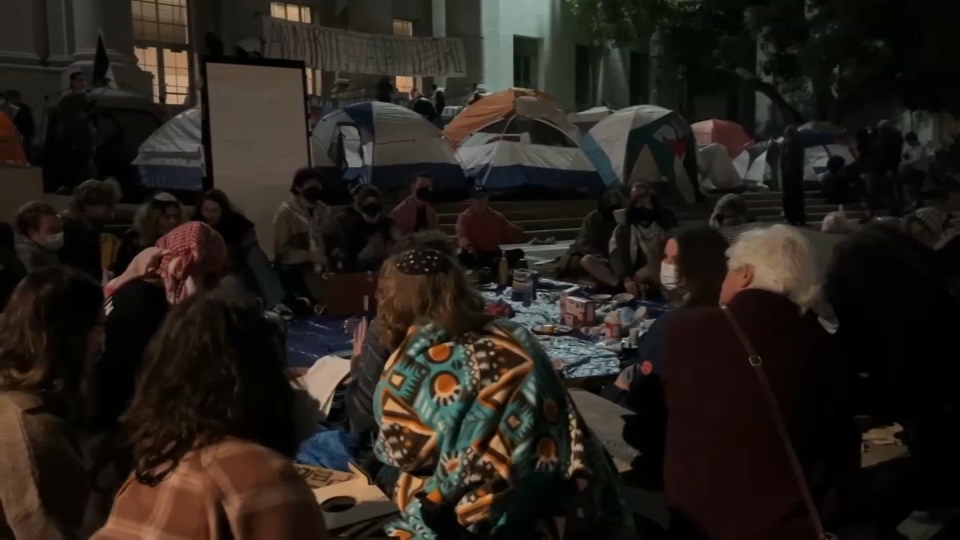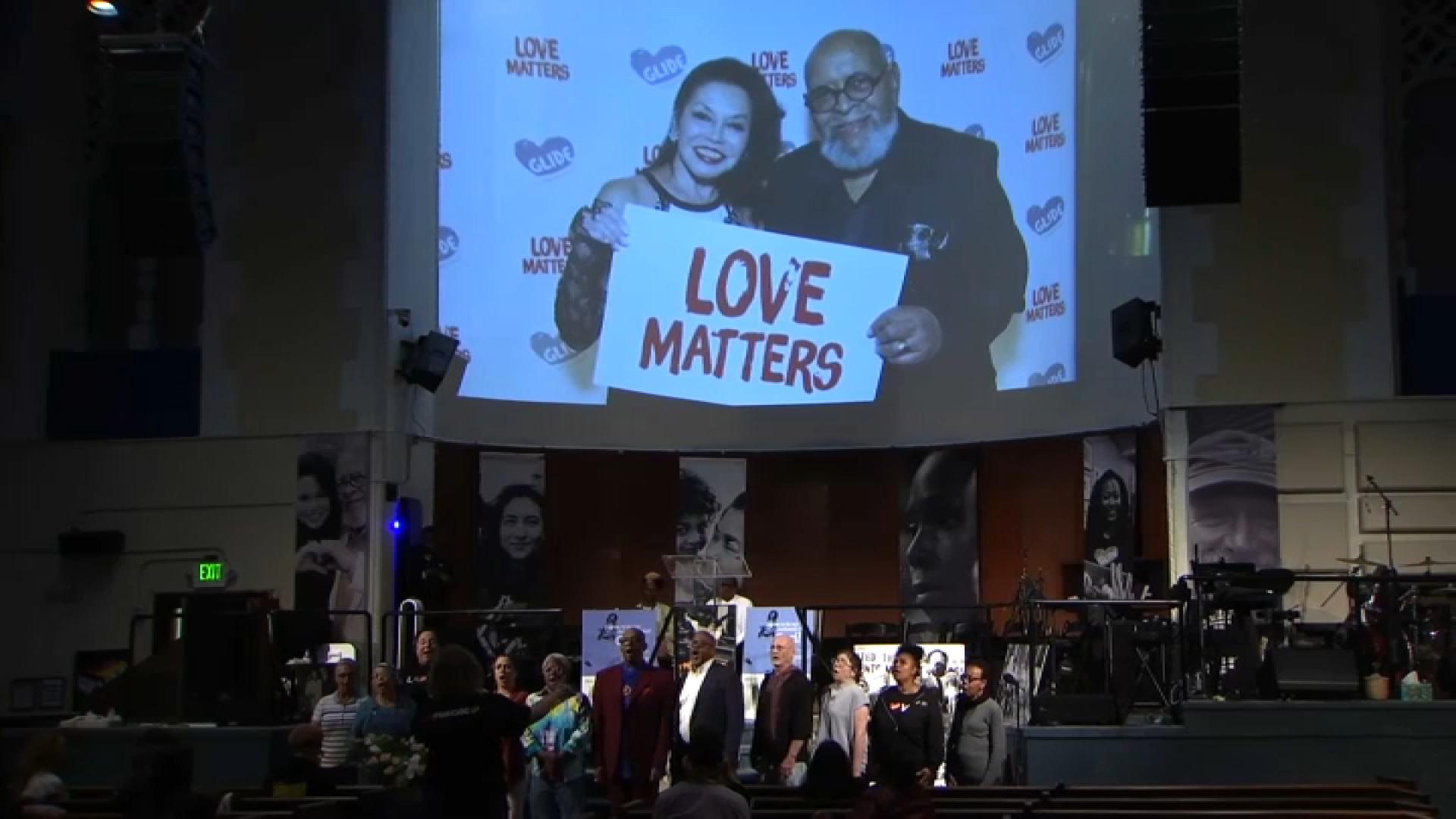The executive in charge of the Transbay Transit Terminal on Thursday outlined a nearly complete breakdown in quality control oversight for the critical beams that hold up the $2 billion building.
It was September of last year when a crack developed in two massive steel beams, triggering the shutdown of the building. Since then the focus has been on finding a cause.
"The weld access holes for Fremont street and the weld access holes for First Street were not done to code," acknowledged Mark Zabaneh, executive director of the Transbay Joint Powers Authority. "This is something of great concern to us."
NBC Bay Area’s Investigative Unit was first to identify rectangular access holes as the likely source of cracks in the 4-inch thick steel used to support the structure across Fremont Street.
Zabaneh said that in cutting those holes, welders left behind rough surfaces that, under welding code, should have been ground smooth to prevent tiny cracks from getting worse.
He acknowledged that the problem was missed by a series of quality control reviews done by the steel fabricator Herrick, the steel contractor Skanska, as well as the lead contractor Webcor/Obayashi. Documents show that even the contractor hired by Transbay to assure quality determined that the cuts in at least two of the beams had been done properly.
In the case of the Fremont beam, the cracks created in the cutting process grew to failure, steel expert Robert Vecchio said.
Local
He said part of what fueled that cracking was the steel involved was less resistant to cracking at its core than near its surface. While near surface tests of the surface steel showed it met standards, the steel inside lacked toughness that was necessary to resist cracking.
While the configuration of the rectangular holes created corners that amplified the stress, that stress wasn’t enough to trigger failure outright. It took both the steel being prone to cracks to begin with and the tiny cracks created by the cutting process.
"If you had taken away the cracks, or if you had better toughness, it would not have happened," Vecchio explained after the Transbay board hearing.
Even after the briefing, Transbay board members struggled to understand the combination of events that led to the failure.
"So maybe I’m missing something," Nadia Sesay said to Transbay engineers. "What was the cause, was it materials? Installation? I’m just trying to understand."
While Transbay engineers were reluctant to lay blame for the failure at the hearing, Zabaneh was more direct after the meeting was over in placing the blame on a lack of contractor quality control.
Still, he struggled to explain how all the oversight efforts fell short. He said Transbay’s own inspections are usually spot checks.
"So you don’t catch everything -- you rely on the contractors’ quality control plan" to catch problems. "Having said that, we’re looking into it, as to why we didn’t catch it."
Documents disclosed under the Public Records Act showed that Inspection Services Inc., a contractor brought in to oversee steel quality for Transbay, certified the holes cut in the two First Street beams back in 2015. "Visual inspections and NDE [non-destructive examination] by magnetic particle testing of the hole areas are acceptable" the findings conclude, "per code requirements."
The various contractors on the project have deferred to Transbay officials for comment.
On Thursday, Transbay officials also said the terminal will stay closed at least until June to allow for the cracked beams to be reinforced and to allow for experts to determine if any other elements of the project are at risk of failing. So far, the head of the peer review team, Mike Engelhardt, says they have found no other issues.



